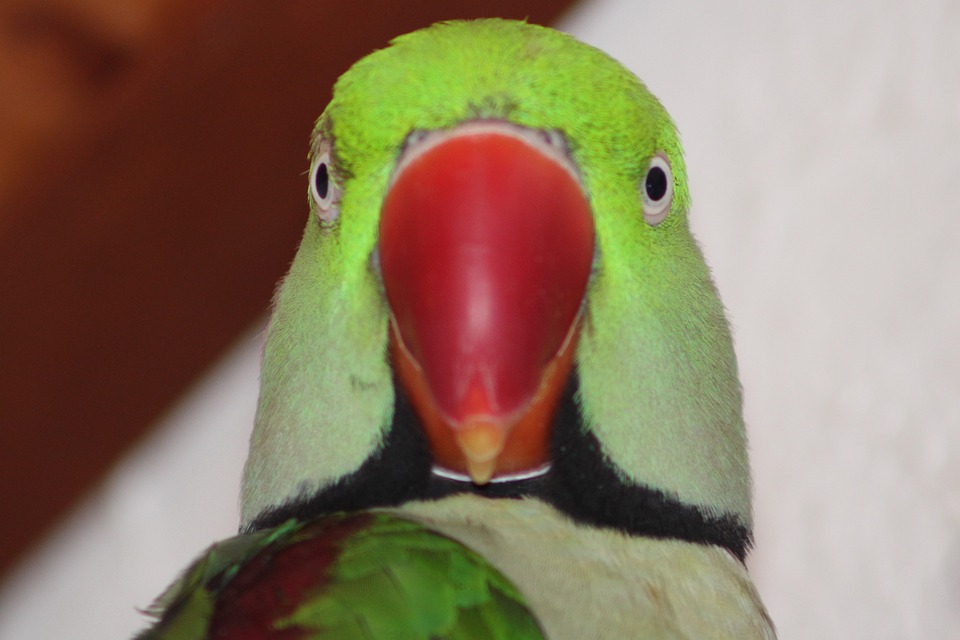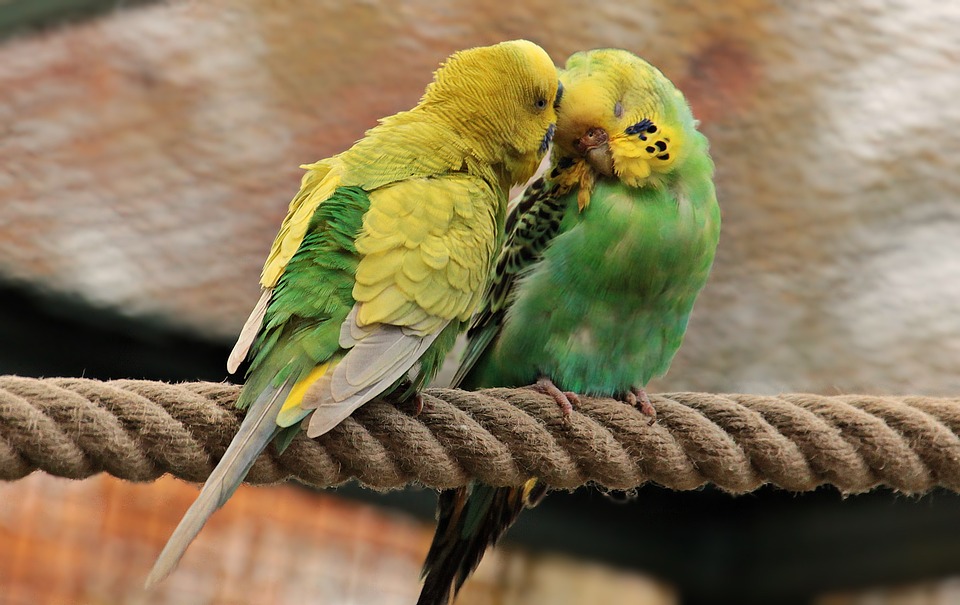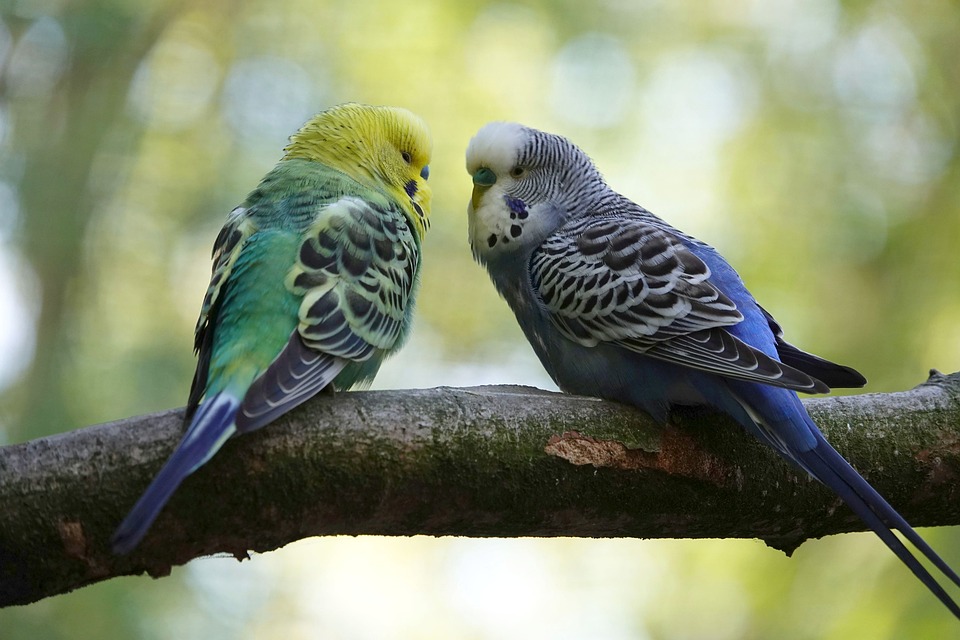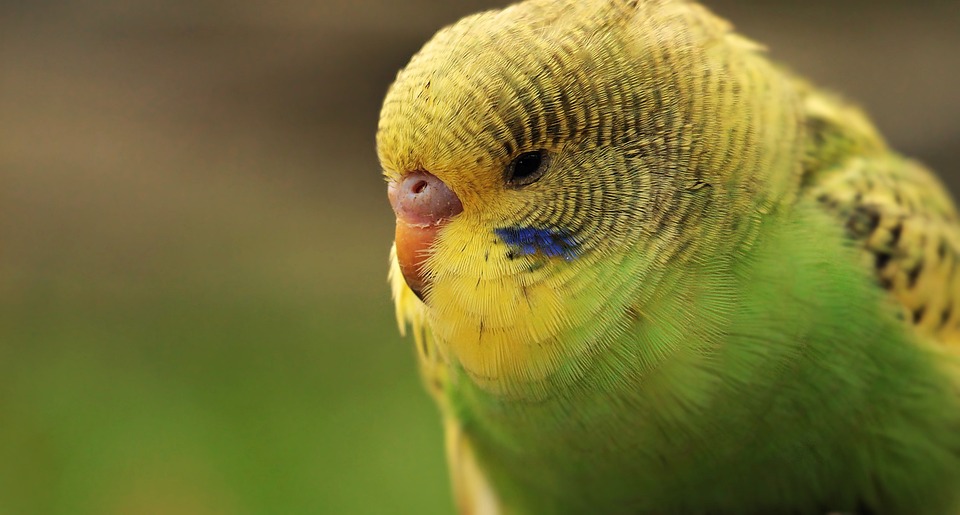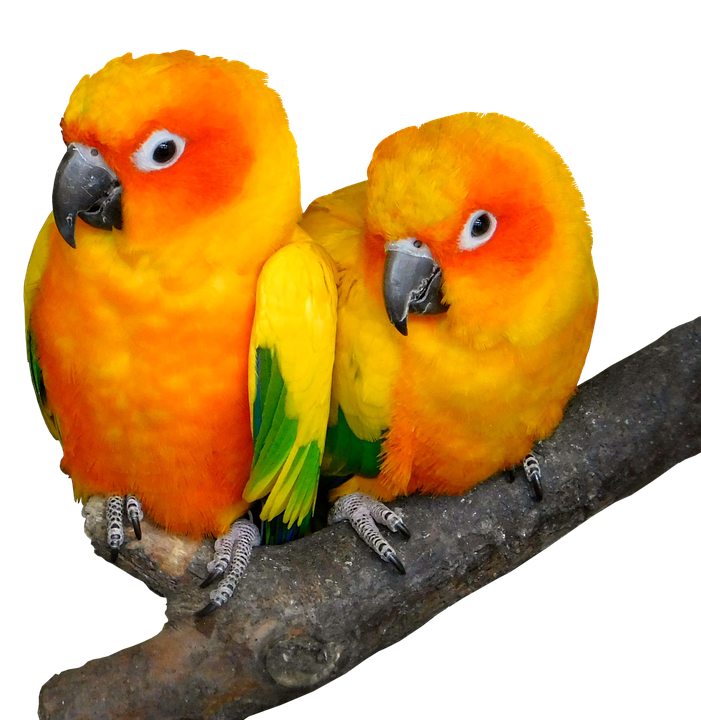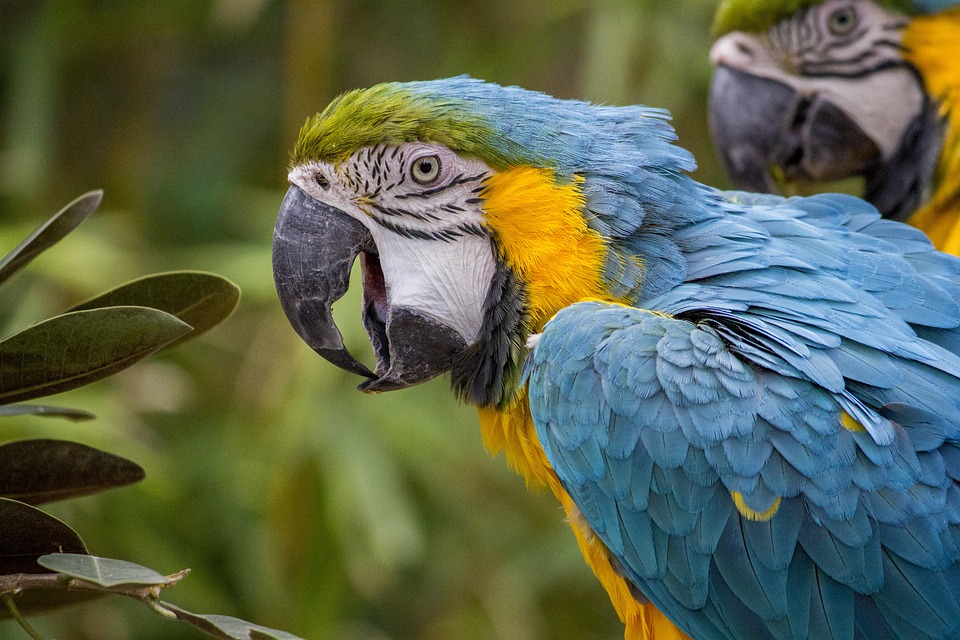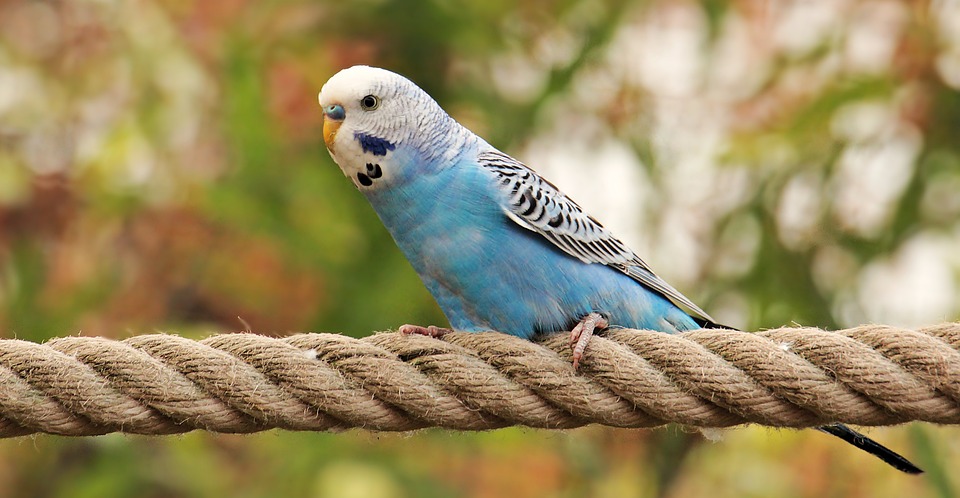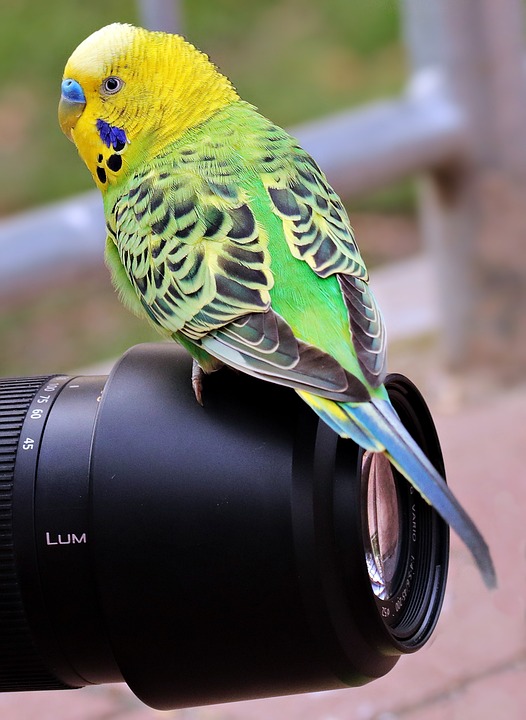Parrots are highly intelligent and social birds that require mental stimulation to thrive in captivity. One effective way to provide mental enrichment is through the use of foraging swings. In this article, we will explore how foraging swings can enhance parrot behavior and mental stimulation, as well as address some frequently asked questions about this topic.
Understanding the need for mental stimulation is crucial for parrot owners. Parrots are highly intelligent creatures that thrive on mental challenges. Without proper mental enrichment, parrots can become bored and exhibit negative behaviors such as excessive screaming, feather plucking, or self-destructive behaviors. Providing mental stimulation through foraging swings can help alleviate these issues and promote a healthier, happier bird.
Foraging swings are designed to mimic the natural foraging behaviors of parrots in the wild. These swings typically consist of a suspended perch with various compartments or pockets where food or treats can be hidden. The parrot then has to use its problem-solving skills to access the hidden food, stimulating its mental abilities.
There are various types of foraging swings available in the market, ranging from simple designs to more complex ones. Some swings incorporate natural materials such as untreated wood or natural fibers like sisal or hemp to provide added appeal. The use of these materials can further enhance the parrot’s interest and engagement with the swing.
By incorporating foraging swings into a parrot’s environment, owners can enhance their behavior in several ways. Firstly, these swings encourage natural foraging behaviors that parrots would exhibit in the wild. This not only provides mental stimulation but also satisfies their instinctual need to search for food.
Secondly, foraging swings promote physical exercise and movement. Parrots need regular physical activity to stay healthy, and the act of maneuvering around the swing and reaching for hidden treats can provide them with the exercise they need.
Thirdly, foraging swings help reduce boredom and negative behaviors. When parrots are occupied with the challenge of accessing hidden treats, they are less likely to engage in destructive behaviors out of boredom. This can help create a more harmonious living environment for both the parrot and its owner.
Lastly, foraging swings strengthen problem-solving skills. Parrots are naturally intelligent and curious, and providing them with mental challenges can help develop their problem-solving abilities. By varying the difficulty level of the foraging swing and introducing new toys regularly, owners can continually engage their parrots and promote mental growth.
To enhance the mental stimulation provided by foraging swings, owners can incorporate food puzzles and treat dispensers. These additional features can further challenge the parrot’s problem-solving abilities and increase their engagement with the swing.
It is important to address some frequently asked questions regarding foraging swings. When constructing a foraging swing, it is crucial to use safe materials such as untreated wood, stainless steel chains, and natural fibers like sisal or hemp. These materials are non-toxic and durable.
Introducing a foraging swing to a parrot should be done gradually, allowing the bird to explore and adapt at its own pace. This can be achieved by initially placing the swing near the parrot’s cage and gradually moving it closer over time.
Safety concerns include proper installation, monitoring for wear and tear, and avoiding small parts that could be choking hazards. Regular inspections of the swing and prompt replacement of worn-out or damaged parts are essential for the parrot’s safety.
Foraging swings can be suitable for most parrot species, but individual preferences and needs may vary. It is important for owners to research specific requirements for their parrot’s species to ensure the swing is appropriate.
Rotating toys every few weeks and replacing worn-out or damaged swings promptly is necessary to keep the parrot engaged and prevent boredom.
Foraging swings can benefit parrots of all ages, but supervision may be necessary for young or inexperienced birds. Owners should closely monitor their parrots to ensure they are using the swing safely and appropriately.
Foraging swings can also be used as a training tool. By incorporating them into training sessions, owners can reinforce positive behavior and provide rewards for desired actions.
In conclusion, foraging swings are an excellent tool for enhancing parrot behavior and providing mental stimulation. By incorporating these swings into a parrot’s environment, owners can promote natural foraging behaviors, reduce boredom, and strengthen problem-solving skills. Remember to choose safe materials, introduce the swing gradually, and regularly rotate or replace toys to ensure your parrot’s mental well-being.

